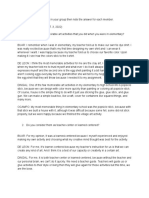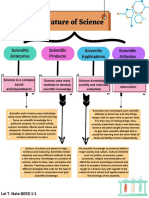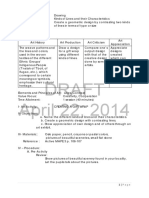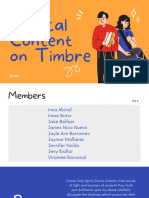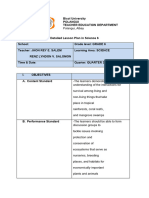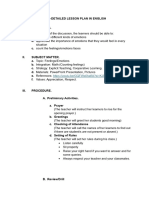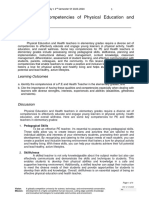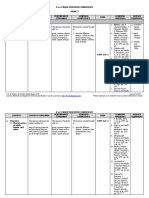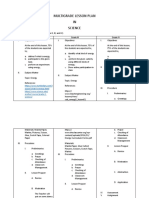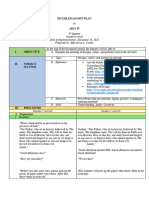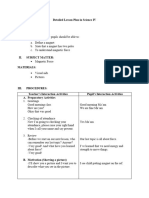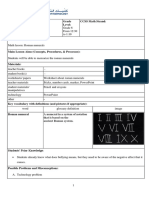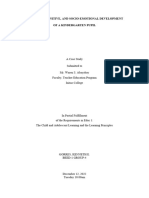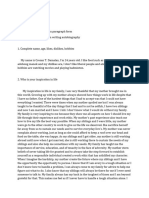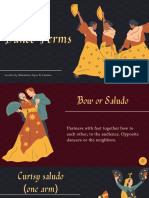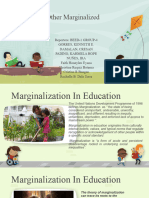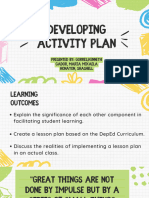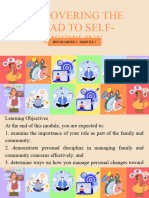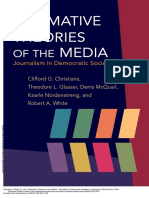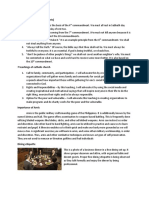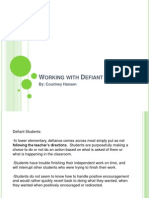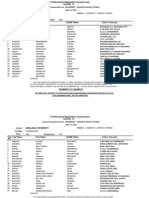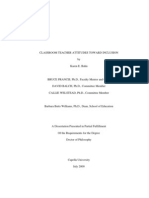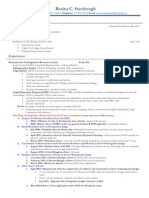100% found this document useful (1 vote)
2K views5 pagesDeveloping An Activity Plan
An activity plan in arts education outlines learning objectives, engaging activities to meet those objectives, and methods to assess student understanding and skill development. It provides clear guidance for teachers while encouraging creative expression. Key elements include defining objectives based on curriculum, choosing age-appropriate activities like drawing or sculpture, and evaluating student work through rubrics, tests, or peer feedback. The plan also specifies required materials and allows flexibility. Ultimately, an effective activity plan inspires artistry, teaches skills, and fosters appreciation of the arts through aligned, engaging, and impactful lessons.
Uploaded by
Ken GorresCopyright
© © All Rights Reserved
We take content rights seriously. If you suspect this is your content, claim it here.
Available Formats
Download as DOCX, PDF, TXT or read online on Scribd
100% found this document useful (1 vote)
2K views5 pagesDeveloping An Activity Plan
An activity plan in arts education outlines learning objectives, engaging activities to meet those objectives, and methods to assess student understanding and skill development. It provides clear guidance for teachers while encouraging creative expression. Key elements include defining objectives based on curriculum, choosing age-appropriate activities like drawing or sculpture, and evaluating student work through rubrics, tests, or peer feedback. The plan also specifies required materials and allows flexibility. Ultimately, an effective activity plan inspires artistry, teaches skills, and fosters appreciation of the arts through aligned, engaging, and impactful lessons.
Uploaded by
Ken GorresCopyright
© © All Rights Reserved
We take content rights seriously. If you suspect this is your content, claim it here.
Available Formats
Download as DOCX, PDF, TXT or read online on Scribd
/ 5






